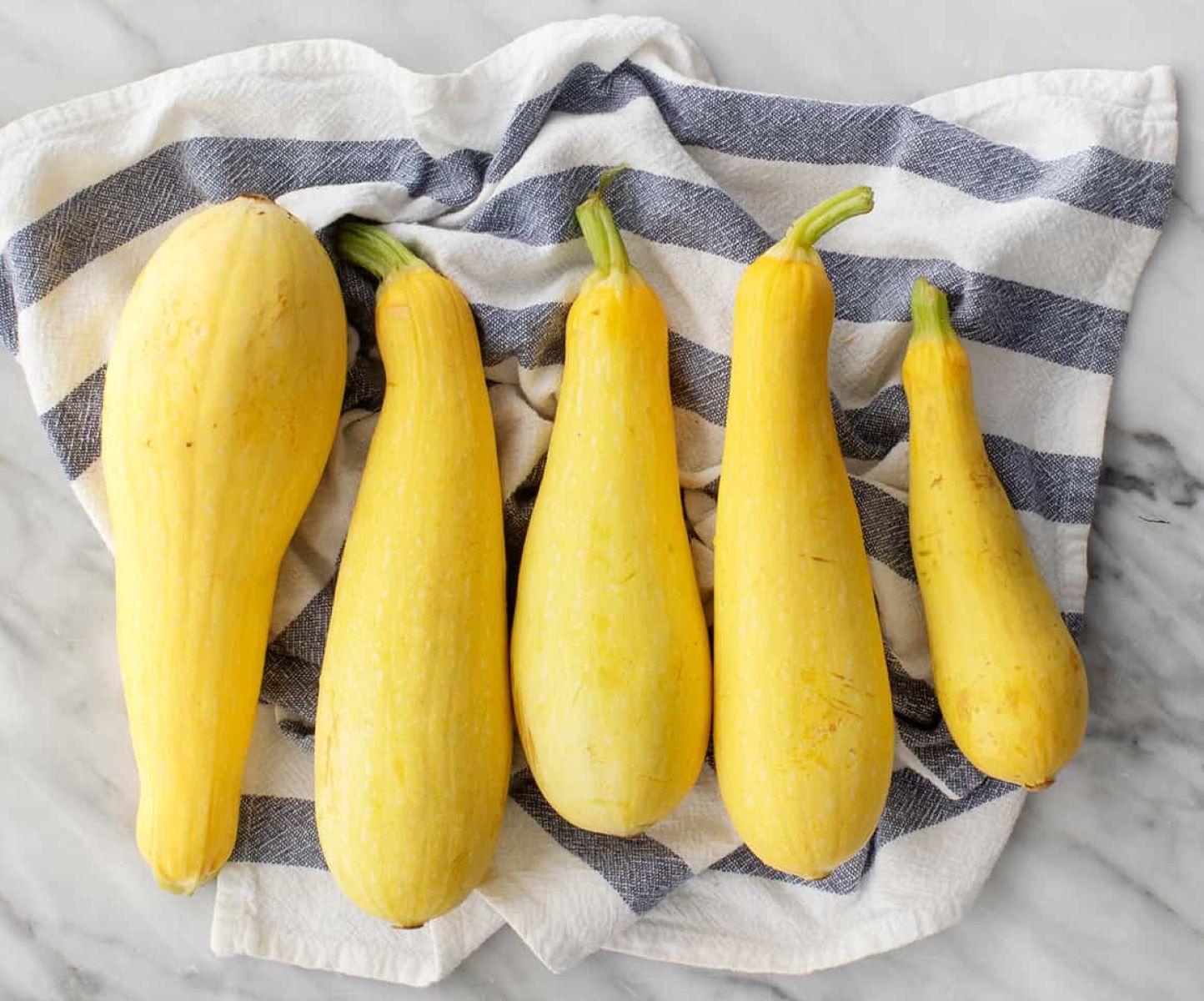

Articles
How To Store Yellow Squash
Modified: February 23, 2024
Learn how to store yellow squash in this informative article. Find tips and tricks for keeping your squash fresh and flavorful.
(Many of the links in this article redirect to a specific reviewed product. Your purchase of these products through affiliate links helps to generate commission for Storables.com, at no extra cost. Learn more)
Introduction
Yellow squash is a versatile and delicious vegetable that is abundant during the summer months. Whether you grow it in your own garden or purchase it from a local farmers market, learning how to properly store yellow squash will help you enjoy its freshness and flavor for a longer period of time.
Yellow squash belongs to the same family as zucchini and is known for its vibrant yellow color and mild flavor. It can be used in a variety of recipes, including stir-fries, salads, soups, and even baked goods. By storing yellow squash correctly, you can make sure that it remains crisp and tasty, even after several days or weeks.
In this article, we will explore the best methods for storing yellow squash to extend its shelf life. We will cover everything from choosing and harvesting the squash to different storage methods, such as refrigeration, freezing, dehydrating, and canning. Additionally, we will provide tips on how to maintain the freshness and flavor of yellow squash for as long as possible.
Whether you have a surplus of yellow squash from your garden or simply want to stock up on this delicious vegetable when it’s in season, the information in this article will guide you through the process of storing yellow squash effectively. Let’s dive in and discover the best ways to keep your yellow squash fresh and tasty!
Key Takeaways:
- Preserve the freshness and flavor of yellow squash by choosing, harvesting, cleaning, and storing it properly. Explore various methods such as refrigeration, freezing, dehydrating, canning, pickling, and fermenting to extend its shelf life and enjoy it year-round.
- Maximize the shelf life of yellow squash with tips for handling, storing, and inspecting. Whether you’re a beginner or experienced preserver, these methods and tips will help you savor the deliciousness of yellow squash in your recipes, ensuring none of its bounty goes to waste.
Choosing and Harvesting Yellow Squash
When it comes to storing yellow squash, the first step is selecting the right squash and harvesting it at the optimal time. Here are some tips to help you choose and harvest yellow squash for storage:
- Choose ripe, firm squash: Look for yellow squash that has a bright, vibrant color and feels firm to the touch. Avoid squash that has blemishes, soft spots, or signs of mold.
- Take size into consideration: Choose yellow squash that is small to medium-sized, as these tend to have a better flavor and texture. They are also easier to store compared to larger squash, which may become mushy or develop a woody texture.
- Harvest at the right time: Yellow squash is at its peak when it is around 6 to 8 inches in length. It’s important to harvest the squash when it is mature but not overgrown. Leaving the squash on the plant for too long can result in decreased quality and storage life.
- Use a sharp knife or pruning shears: When harvesting yellow squash, it’s best to use a sharp knife or pruning shears to prevent damage to the plant. Cut the squash from the vine, leaving a small portion of the stem intact.
Once you have harvested your yellow squash, it’s important to handle it with care to avoid bruising or damaging the skin. Place the squash gently in a basket or container, being careful not to stack or pile them on top of each other.
By selecting ripe and firm yellow squash and harvesting them at the right time, you will set the foundation for successful storage and long-lasting freshness. With this step completed, you are now ready to move on to cleaning and preparing the squash for storage.
Cleaning and Preparation
Before storing yellow squash, it is important to properly clean and prepare it to remove any dirt, debris, or bacteria. Follow these steps to clean and prepare your yellow squash:
- Wash the squash: Start by rinsing the yellow squash under cool running water to remove any dirt or debris. Use a clean vegetable brush to gently scrub the surface of the squash.
- Trim the ends: Use a sharp knife to trim off the stem end and the blossom end of the squash. This helps to eliminate any potential spoilage and provides a fresh start for storage.
- Pat dry: After washing and trimming the ends, gently pat the yellow squash dry with a clean kitchen towel or paper towel. Moisture can promote bacterial growth, so it’s important to remove excess water before storage.
- Optional: Slice or dice: Depending on how you plan to use the yellow squash in the future, you might consider slicing or dicing it before storage. This can save you time later when you’re ready to cook or prepare meals.
Once you have cleaned and prepared your yellow squash, it’s time to explore different storage methods to keep it fresh and flavorful. From refrigeration to freezing, dehydrating, and canning, there are various techniques you can employ to extend the shelf life of your yellow squash. Each method offers its own benefits and considerations, so let’s dive into the details of each method to find the best fit for your needs.
Storage Methods
When it comes to storing yellow squash, there are several methods you can choose from depending on your preferences, available resources, and desired shelf life. Let’s explore the most common storage methods for yellow squash:
- Refrigeration: Storing yellow squash in the refrigerator is a popular and convenient option. Wrap the squash in a paper towel or place it in a perforated plastic bag to absorb excess moisture. Store it in the vegetable drawer or airtight container in the fridge. Yellow squash can typically last for up to one week when refrigerated.
- Blanching and Freezing: If you have an abundance of yellow squash, consider blanching and freezing it for long-term storage. Start by slicing or dicing the squash, then blanch it by boiling it briefly, followed by an ice bath to stop the cooking process. Finally, place the blanched squash in freezer bags or containers and store them in the freezer. Frozen yellow squash can last for up to 10-12 months.
- Dehydrating: Dehydrating yellow squash is an excellent option for preserving its flavor and nutritional value. Slice the squash into thin, even slices and then dehydrate them using a dehydrator or an oven set to a low temperature. Once fully dehydrated, store the squash in an airtight container in a cool, dry place. Dehydrated yellow squash can last for several months.
- Canning: Canning yellow squash is another effective way to extend its shelf life. Start by sterilizing canning jars and lids. Slice or dice the squash and pack it tightly into the jars, leaving about one inch of headspace. Add hot water or vegetable broth to cover the squash, then seal the jars and process them in a water bath canner according to canning guidelines. Canned yellow squash can last for up to one year.
- Other Preservation Methods: If you prefer alternative preservation methods, you might consider pickling or fermenting yellow squash. These techniques can add flavor and variety to your preserved squash. Follow the specific instructions for pickling or fermenting vegetables to ensure proper preservation and safety.
Each storage method has its own advantages and considerations, so choose the one that best suits your needs and preferences. Experimenting with different methods can help you find the perfect way to preserve yellow squash while maintaining its freshness and taste.
In the next sections, we will delve deeper into each storage method, providing you with step-by-step instructions and additional tips to ensure success. Whether you’re a beginner or an experienced preserver, there’s a method here for you!
Storing Yellow Squash in the Refrigerator
Refrigeration is one of the most common and convenient methods for storing yellow squash. It helps to maintain the freshness and taste of the squash for an extended period. Follow these steps to store yellow squash in the refrigerator:
- Wrap in a paper towel: Take individual yellow squash and wrap them loosely in a paper towel. This will help to absorb any excess moisture and prevent the squash from becoming damp or slimy.
- Perforated plastic bag: If you don’t have paper towels, you can place the squash in a perforated plastic bag. The tiny holes in the bag will allow for proper air circulation, preventing the build-up of moisture.
- Store in the vegetable drawer: Place the wrapped or bagged yellow squash in the vegetable drawer of your refrigerator. This section is specifically designed to maintain the ideal temperature and humidity for fruits and vegetables.
- Keep separate from ethylene-producing fruits: Yellow squash is sensitive to ethylene gas, which is emitted by certain fruits like apples, bananas, and tomatoes. To prevent premature ripening and spoilage, store yellow squash away from these ethylene-producing fruits.
Yellow squash stored in the refrigerator can usually last for up to one week. It’s important to regularly check the squash for any signs of spoilage, such as mold or soft spots. If you notice any deterioration, it’s best to use or discard the squash to prevent it from affecting other stored produce.
Remember, refrigeration helps to maintain the freshness of the squash, but it might alter the texture slightly. Once you’re ready to use the refrigerated squash, be prepared for a slightly softer texture compared to freshly harvested squash.
Now that you know how to store yellow squash in the refrigerator, let’s explore an alternative method for preserving this versatile vegetable – blanching and freezing.
Read more: How To Store Zucchini And Yellow Squash
Blanching and Freezing Yellow Squash
If you have a surplus of yellow squash and want to preserve it for long-term storage, blanching and freezing is an ideal method. Blanching involves briefly boiling the squash before freezing, which helps to maintain its color, flavor, and texture. Follow these steps to blanch and freeze yellow squash:
- Wash and trim the squash: Start by washing the yellow squash under cool running water and trimming off the ends. This will ensure that the squash is clean and ready for blanching.
- Slice or dice the squash: Slice the yellow squash into ¼ to ½-inch thick rounds or dice it into bite-sized pieces. How you cut the squash depends on how you plan to use it later.
- Blanch the squash: Bring a pot of water to a boil and carefully add the yellow squash. Blanch the squash for 3-4 minutes, depending on the size of the pieces. This blanching process helps to retain the color, flavor, and texture of the squash.
- Cool in ice water: Immediately transfer the blanched squash to a large bowl filled with ice water to cool it rapidly and stop the cooking process. Let the squash sit in the ice water for the same amount of time as the blanching time.
- Drain and pat dry: Remove the yellow squash from the ice water bath and drain it well. Use a kitchen towel or paper towel to gently pat the squash dry, removing excess moisture.
- Portion and pack: Divide the blanched and dried yellow squash into portion sizes that you would typically use for recipes. Place the portions in freezer-safe bags or containers, leaving a small amount of headspace to allow for expansion during freezing.
- Label and freeze: Label the bags or containers with the date and contents, then place them in the freezer. Yellow squash, when properly blanched and frozen, can last for up to 10-12 months.
Frozen yellow squash can be used in a variety of dishes, such as stir-fries, casseroles, and soups. Keep in mind that the texture of the frozen squash may be slightly softer compared to fresh squash, so it’s best to use it in cooked recipes rather than raw dishes.
Blanching and freezing yellow squash allows you to enjoy its flavors and nutritional benefits all year round. However, if you prefer a different preservation method, such as dehydrating or canning, we’ll explore those options in the following sections.
Store yellow squash in a perforated plastic bag in the refrigerator’s crisper drawer. It will stay fresh for up to a week. Avoid washing until ready to use.
Dehydrating Yellow Squash
Dehydrating yellow squash is a fantastic way to preserve its flavor and nutritional value while reducing its moisture content. Dehydrated yellow squash can be stored for an extended period and used in a variety of dishes. Follow these steps to dehydrate yellow squash:
- Wash and trim the squash: Begin by washing the yellow squash under cool running water and removing the ends. This ensures that the squash is clean and ready for dehydration.
- Slice the squash: Slice the yellow squash into ¼ to ½-inch thick rounds. You can also cut it into strips or dice it, depending on your personal preference.
- Blanch (optional): Blanching the yellow squash before dehydrating can help to retain its color and nutrients. To blanch, place the slices in boiling water for 3-4 minutes, then transfer them to an ice bath to cool immediately. However, blanching is optional, and you can skip this step if desired.
- Pre-treat with lemon juice: If you would like to prevent the yellow squash from browning during the dehydration process, you can pre-treat the slices with lemon juice. Simply dip the slices in a mixture of lemon juice and water (1 tablespoon of lemon juice per cup of water) for a few minutes, then drain them before placing them in the dehydrator.
- Arrange on dehydrator trays: Arrange the yellow squash slices in a single layer on the dehydrator trays. Make sure they are not overlapping to allow for proper air circulation and even drying.
- Dehydrate at the appropriate temperature: Set the dehydrator to a temperature of around 125°F to 135°F (52°C to 57°C). Dehydrate the yellow squash slices for approximately 8 to 12 hours, or until they are fully dried and brittle. The drying time may vary depending on the thickness of the slices and the humidity in your environment.
- Check for dryness: After the recommended drying time, check the squash slices to ensure they are completely dry and free from moisture. They should be crisp and brittle to the touch.
- Cool and store: Once the yellow squash slices are fully dried, allow them to cool completely before transferring them to airtight containers or resealable bags. Store the dehydrated squash in a cool, dry place away from direct sunlight.
Dehydrated yellow squash can be rehydrated by soaking it in water before use, or you can use it directly in recipes that require dried or powdered squash. This preservation method allows you to enjoy yellow squash all year round and is excellent for adding flavor and nutrition to soups, stews, stir-fries, and more.
If canning is your preferred preservation method, stay tuned as we explore how to safely can yellow squash in the next section.
Canning Yellow Squash
Canning yellow squash is a wonderful way to preserve it for long-term storage while retaining its flavor and texture. Canned yellow squash can be used in various dishes, including soups, stews, casseroles, and side dishes. Follow these steps to safely can yellow squash:
- Wash and trim the squash: Begin by washing the yellow squash under cool running water and removing the ends. This helps to ensure that the squash is clean before canning.
- Slice or dice the squash: Slice or dice the yellow squash into desired shapes and sizes. Depending on your preferences, you can cut it into rounds, half-moons, or cubes.
- Sterilize the canning jars and lids: Before starting the canning process, sterilize the canning jars and lids by immersing them in boiling water for a few minutes. This ensures that the jars are free from any bacteria or contaminants.
- Pack the squash into the jars: Fill the sterilized jars with the prepared yellow squash, leaving about an inch of headspace at the top. This headspace allows for expansion during the canning process.
- Add liquid: To ensure that the yellow squash is fully submerged and cooked evenly during the canning process, you can add boiling water or vegetable broth to the jars. This will help to preserve the quality and flavor of the squash.
- Remove air bubbles and adjust headspace: After adding the liquid, use a plastic spatula or bubble remover tool to remove any air bubbles trapped in the jars. Adjust the headspace by adding more liquid if necessary.
- Wipe the jar rims and apply lids: Before sealing the jars, wipe the rims clean to remove any food particles or liquid. Apply the sterilized lids and screw on the bands finger-tight.
- Process the jars in a water bath: Lower the filled and sealed jars into a water bath canner, ensuring that they are fully submerged in water. Process the jars according to canning guidelines for your altitude and jar size. Typically, this involves boiling the jars for a specified time to ensure they are properly preserved.
- Remove from water bath and cool: Once the processing time is complete, carefully remove the jars from the water bath using a jar lifter. Place them on a towel-lined countertop or a cooling rack and allow them to cool completely.
- Check for proper sealing and store: After the jars have cooled, check the lids for proper sealing. Press on the center of each lid; if it does not flex or pop back, it is properly sealed. Store the sealed jars in a cool, dark place and consume within the recommended time frame.
Properly canned yellow squash can last for up to one year, allowing you to enjoy the taste of summer even during the colder months. Always follow safe canning practices and consult reputable canning resources for detailed instructions based on your specific location and altitude.
Now that you know how to can yellow squash, you can confidently preserve this versatile vegetable for future culinary delights. If none of the previous methods suit your needs, don’t worry, as we’ll explore a few more preservation techniques in the following section.
Other Preservation Methods
Aside from refrigeration, freezing, dehydrating, and canning, there are a few other preservation methods you can consider for storing yellow squash. These methods offer different options for preserving the vegetable based on your preferences and resources. Let’s take a look at a couple of alternative preservation methods:
- Pickling: Pickling yellow squash is a fantastic way to add a tangy and flavorful twist to your preserved squash. You can either make a brine solution using vinegar, water, salt, and spices, or use a pickling mix available at stores. Slice the yellow squash into desired shapes, such as rounds or spears, and pack them tightly into clean, sterile jars. Pour the pickling solution over the squash, leaving a bit of headspace. Seal the jars and store them in a cool, dark place for a few weeks to allow the flavors to develop. Once pickled, yellow squash can be enjoyed as a delicious condiment or a tasty addition to salads and sandwiches.
- Fermenting: Fermenting yellow squash provides a unique and probiotic-rich preservation method. To ferment yellow squash, slice it into desired shapes and pack it into a clean, sterile fermenting jar. Prepare a brine solution by dissolving salt in water, then pour the brine over the squash, making sure it is fully submerged. Place a fermentation weight or a small plate over the squash to keep it submerged. Cover the jar with a clean cloth or a special fermentation lid that allows gases to escape. Let the squash ferment at room temperature for several days to a few weeks, depending on your desired level of fermentation. Once fermented, store the jar in the refrigerator to slow down the fermentation process and enjoy the tangy, probiotic-rich yellow squash as a flavorful addition to salads, sandwiches, or as a snack.
Both pickling and fermenting offer unique flavors and can enhance the taste and versatility of yellow squash. The preserved squash can be enjoyed on its own or incorporated into various dishes. These methods provide alternative ways to extend the shelf life of yellow squash while introducing delightful flavors and textures.
Remember to follow safe food preservation practices, including proper sterilization of jars and equipment, and consult trusted recipes or resources for specific instructions and guidelines for pickling and fermenting yellow squash.
Now that we have explored various preservation methods for yellow squash, let’s move on to some tips for extending the shelf life and maintaining the quality of your stored squash.
Read more: How To Store Yellow Squash Long Term
Tips for Extended Shelf Life
To maximize the shelf life and maintain the quality of your stored yellow squash, consider the following tips:
- Choose fresh, high-quality squash: When selecting yellow squash for storage, choose ones that are firm, free from blemishes, and have a vibrant color. Fresh, high-quality squash will have a longer shelf life and better flavor.
- Handle with care: Yellow squash can be delicate, so handle it gently to avoid bruising or damaging the skin. Rough handling can lead to spoilage and decreased shelf life.
- Store at the optimal temperature: Yellow squash should be stored at a cool temperature, preferably around 45 to 50°F (7 to 10°C). This helps to slow down the ripening process and prolong the shelf life.
- Keep away from moisture: Moisture promotes the growth of mold and bacteria, leading to spoilage. Ensure that the squash is well-dried before storing it to prevent excess moisture. Avoid storing it in areas prone to high humidity.
- Inspect regularly: Check on your stored yellow squash regularly and remove any damaged or spoiling pieces immediately to prevent them from affecting the rest of the squash.
- Rotate your stock: If you have a large quantity of yellow squash, it is advisable to rotate your stock. Use the older squash first and keep the newer ones for later consumption. This helps to ensure that you use the squash before it reaches the end of its shelf life.
- Properly label and date your storage containers: Whether you are storing yellow squash in the refrigerator, freezer, or pantry, make sure to label each container with its contents and the date it was stored. This helps you keep track of freshness and use them accordingly.
- Preserve in smaller quantities: If you anticipate not being able to consume a large amount of yellow squash within a short timeframe, consider preserving it in smaller quantities. This way, you can defrost or use what you need without worrying about wastage.
- Use proper packaging: When storing yellow squash in the freezer or pantry, use appropriate airtight containers or freezer bags to prevent freezer burn or exposure to moisture and air, which can affect the quality and shelf life of the squash.
By following these tips, you can extend the shelf life of yellow squash and enjoy its freshness and flavor for a longer period. Remember to keep an eye on the stored squash and use it before it starts to deteriorate.
Now that you are equipped with all the information on how to store yellow squash and maintain its quality, you can confidently preserve this delicious vegetable and enjoy it throughout the year. Happy storing and cooking!
Conclusion
Yellow squash is a delightful and versatile vegetable that can be enjoyed in a variety of dishes. Knowing how to properly store yellow squash ensures that you can savor its freshness and flavor for an extended period of time. Whether you choose to refrigerate, freeze, dehydrate, can, pickle, or ferment yellow squash, each method offers a unique way to preserve this vibrant vegetable and make the most of its harvest season.
By following the tips outlined in this article, such as selecting the best squash, properly cleaning and preparing it, and utilizing the appropriate storage methods, you can prolong the shelf life of yellow squash and reduce waste. From keeping it crisp in the refrigerator to preserving its flavors through blanching and freezing, dehydrating it for long-term use, or adding tangy notes with pickling and fermenting, there are options to suit every preference and culinary style.
Remember to handle yellow squash with care, store it at the optimal temperature, and regularly inspect it for any signs of spoilage. Pay attention to the recommended storage times for each preservation method to ensure that the squash retains its quality and nutritional value.
Whether you’re growing yellow squash in your garden, purchasing it from local farmers markets, or simply taking advantage of its seasonal availability, the knowledge you’ve gained from this article will enable you to confidently store and enjoy yellow squash year-round. With proper storage techniques, you can take full advantage of this nutritious and delicious vegetable in your cooking and ensure that none of its bounty goes to waste.
So, go ahead and start implementing these storage methods, get creative with your preserved yellow squash in various recipes, and savor the taste of summer even during the colder months. Here’s to enjoying the fresh flavors of yellow squash throughout the year!
Frequently Asked Questions about How To Store Yellow Squash
Was this page helpful?
At Storables.com, we guarantee accurate and reliable information. Our content, validated by Expert Board Contributors, is crafted following stringent Editorial Policies. We're committed to providing you with well-researched, expert-backed insights for all your informational needs.
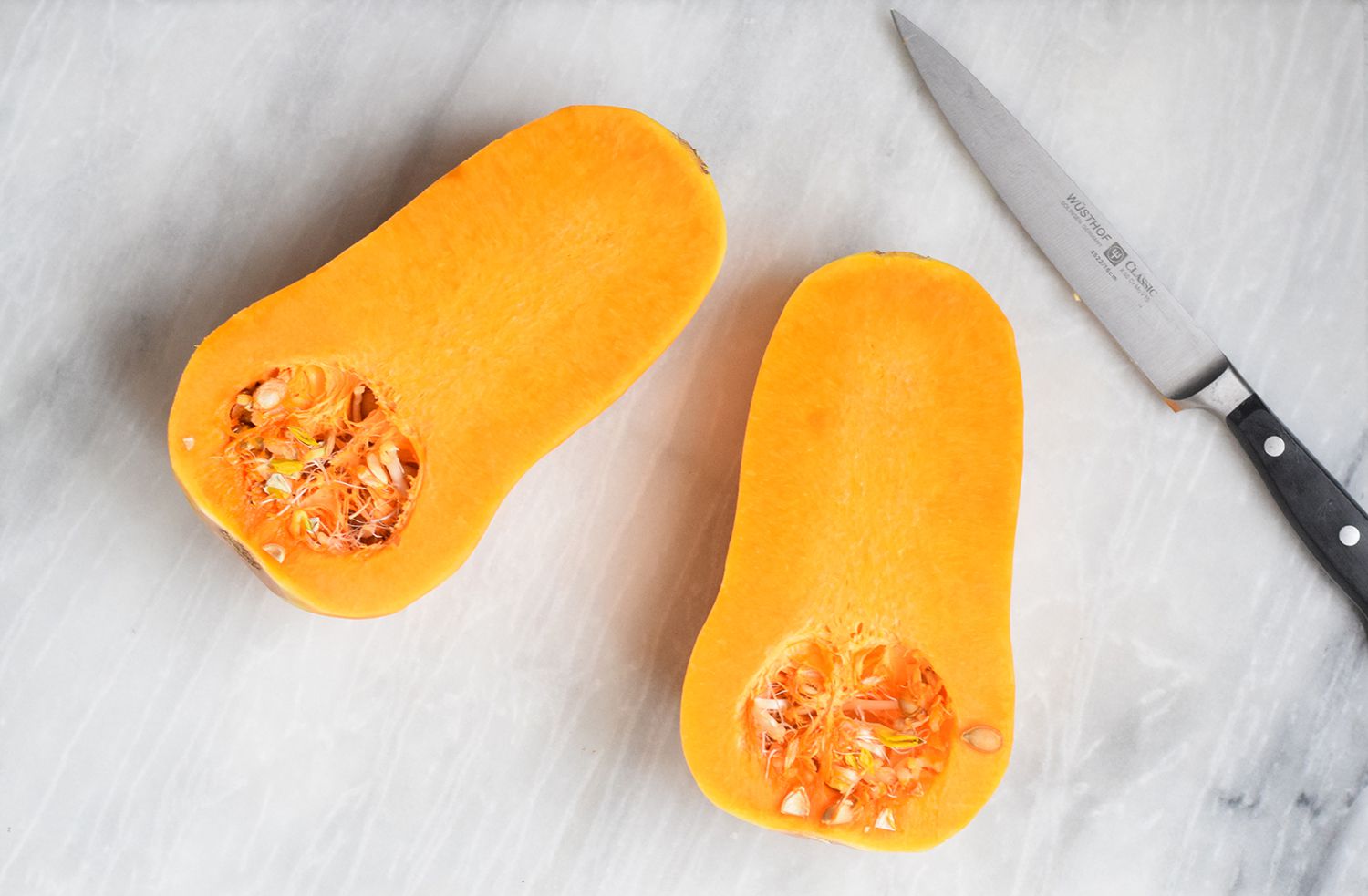
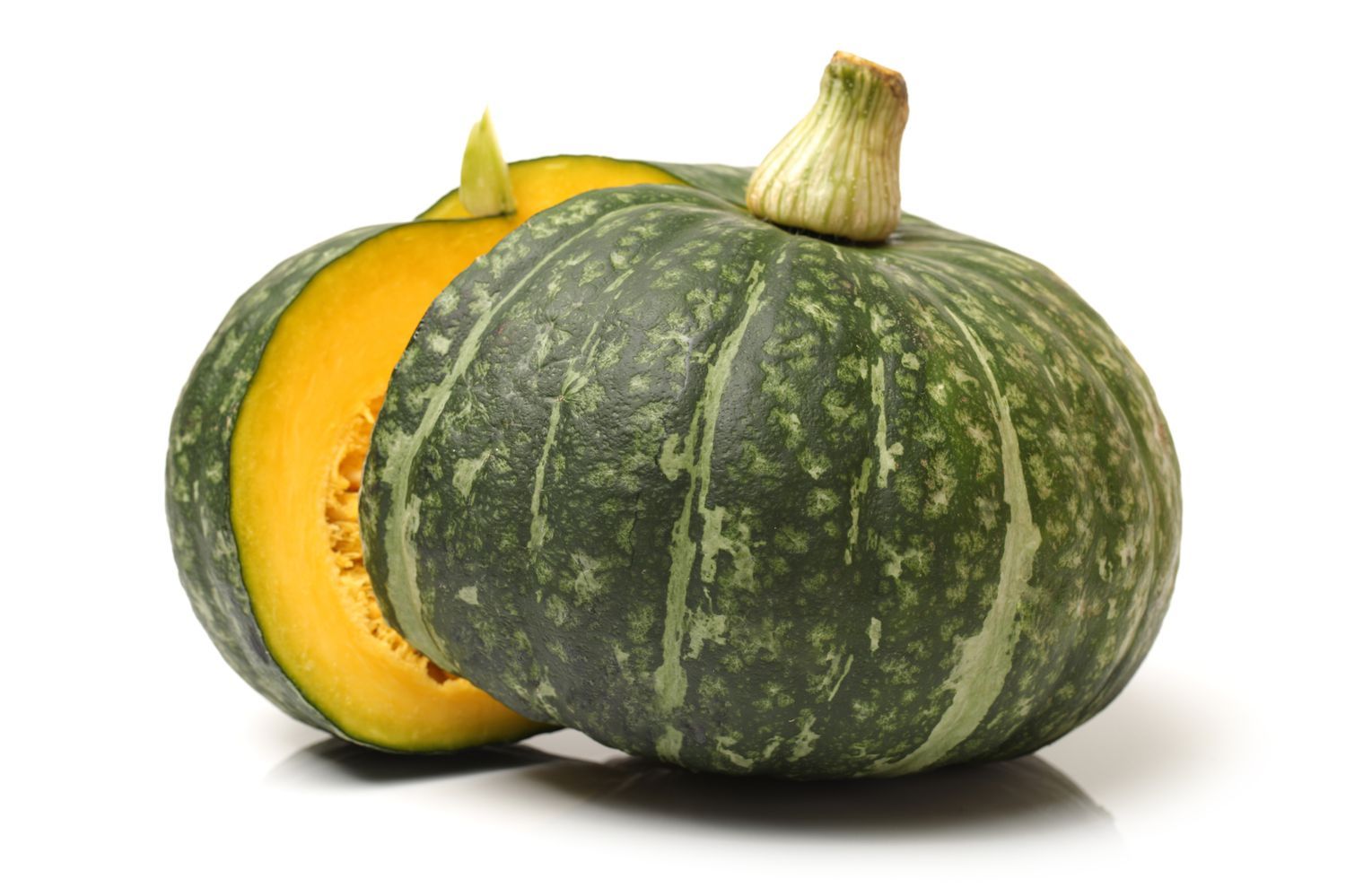
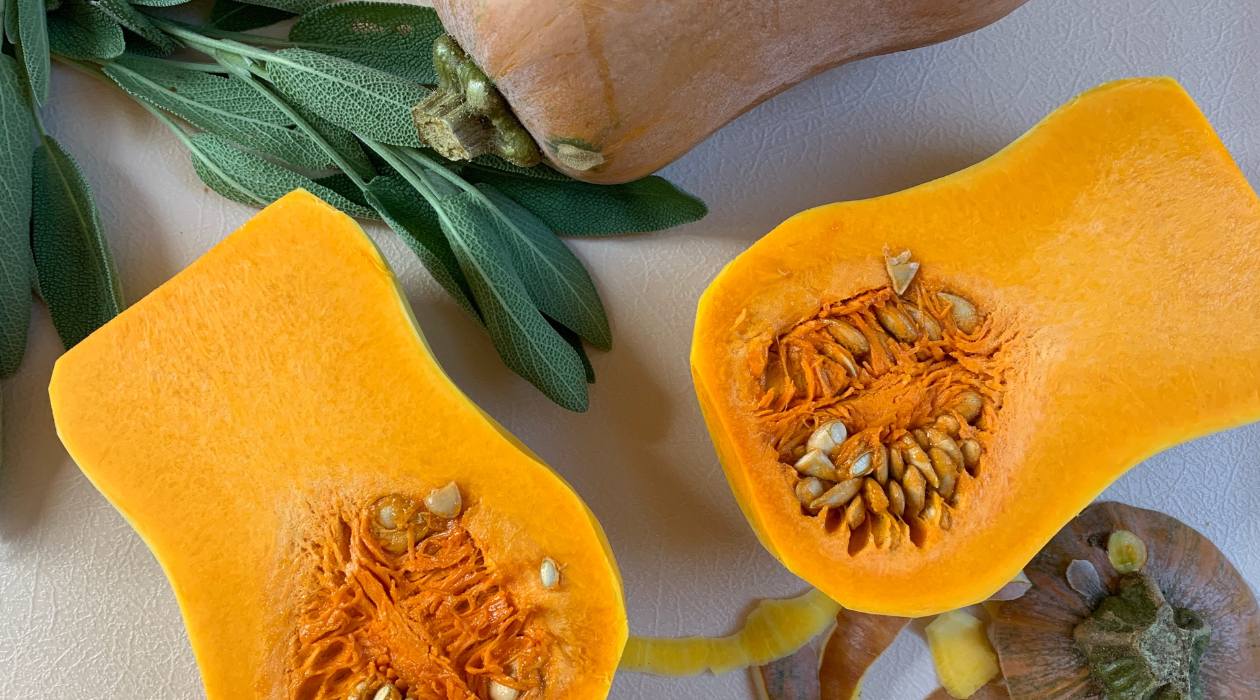
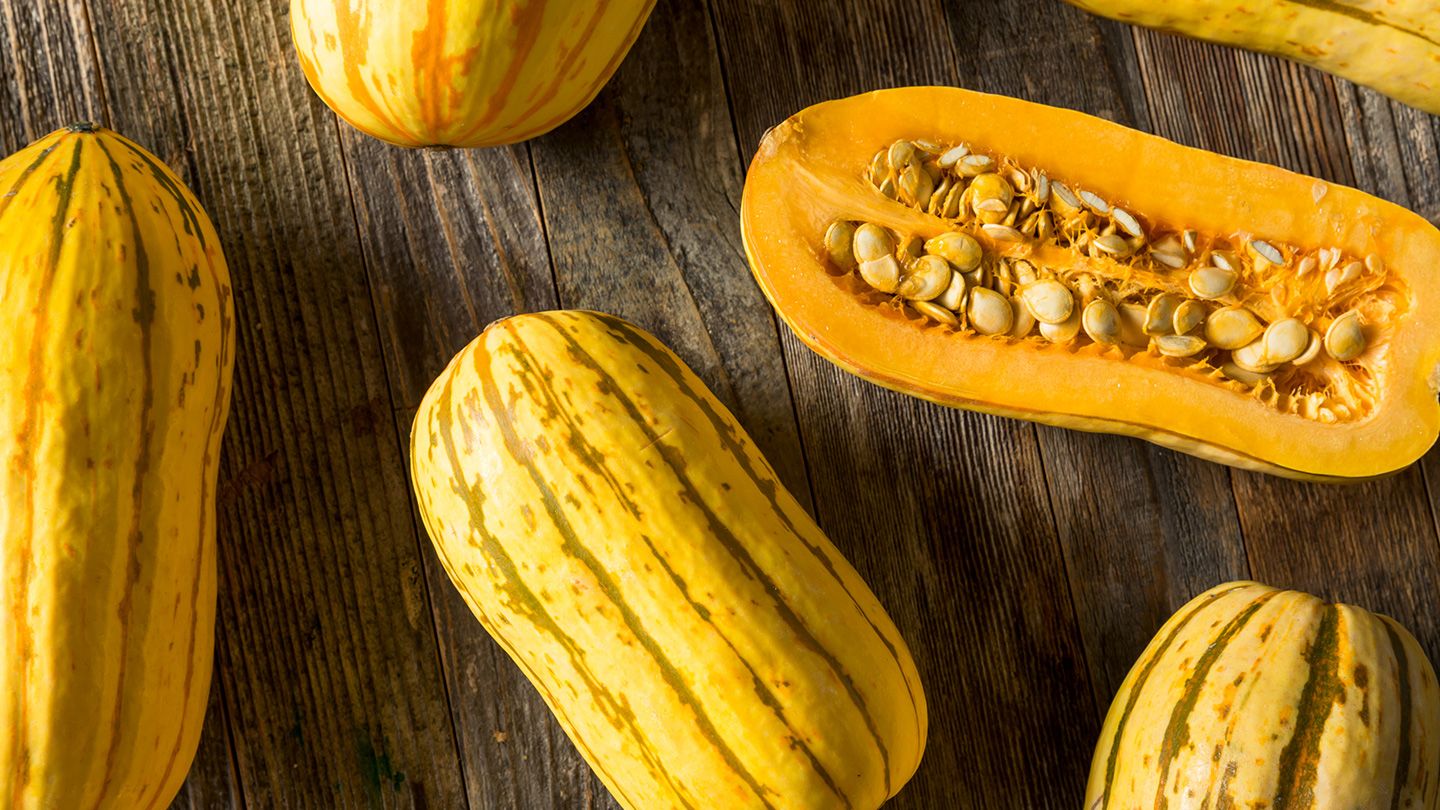
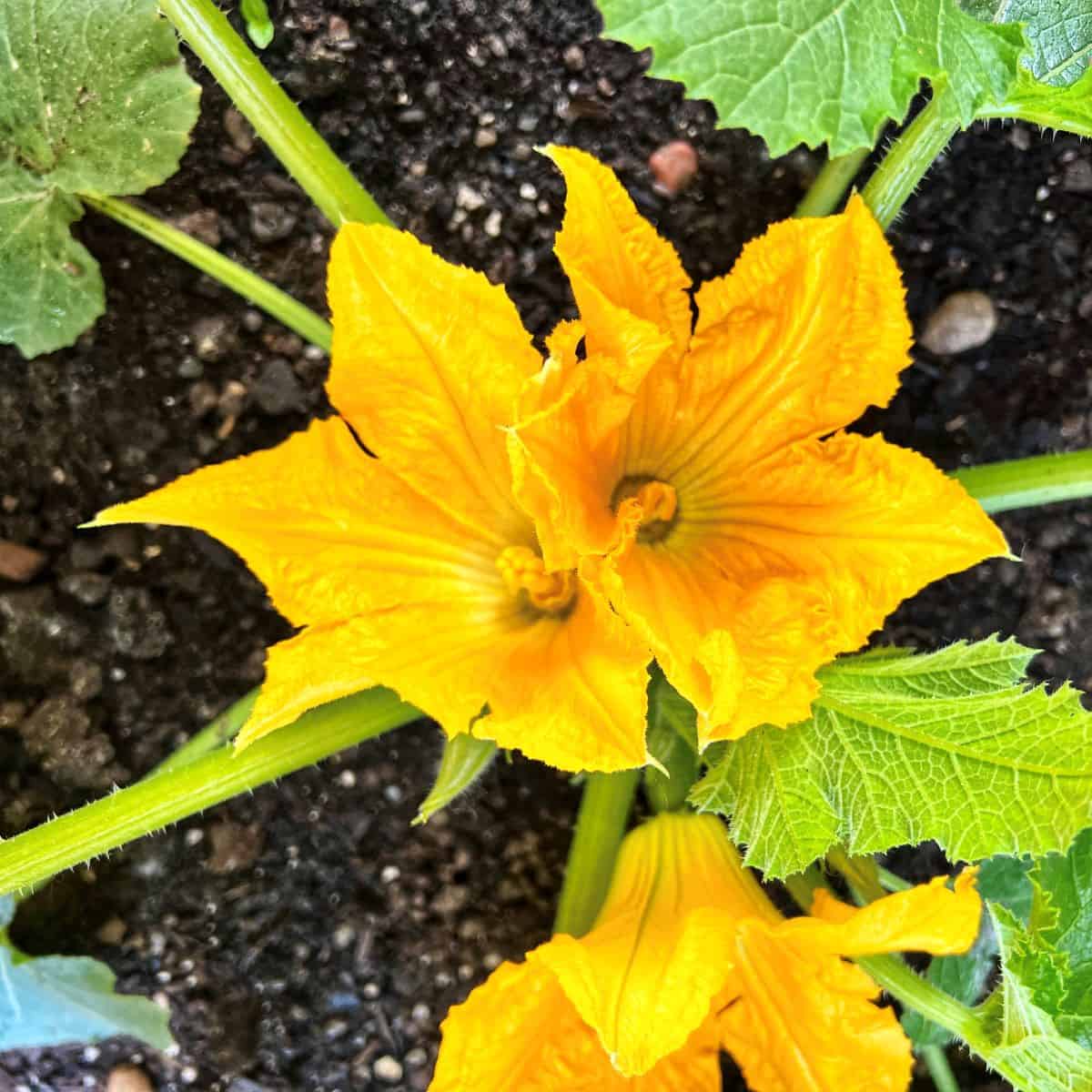
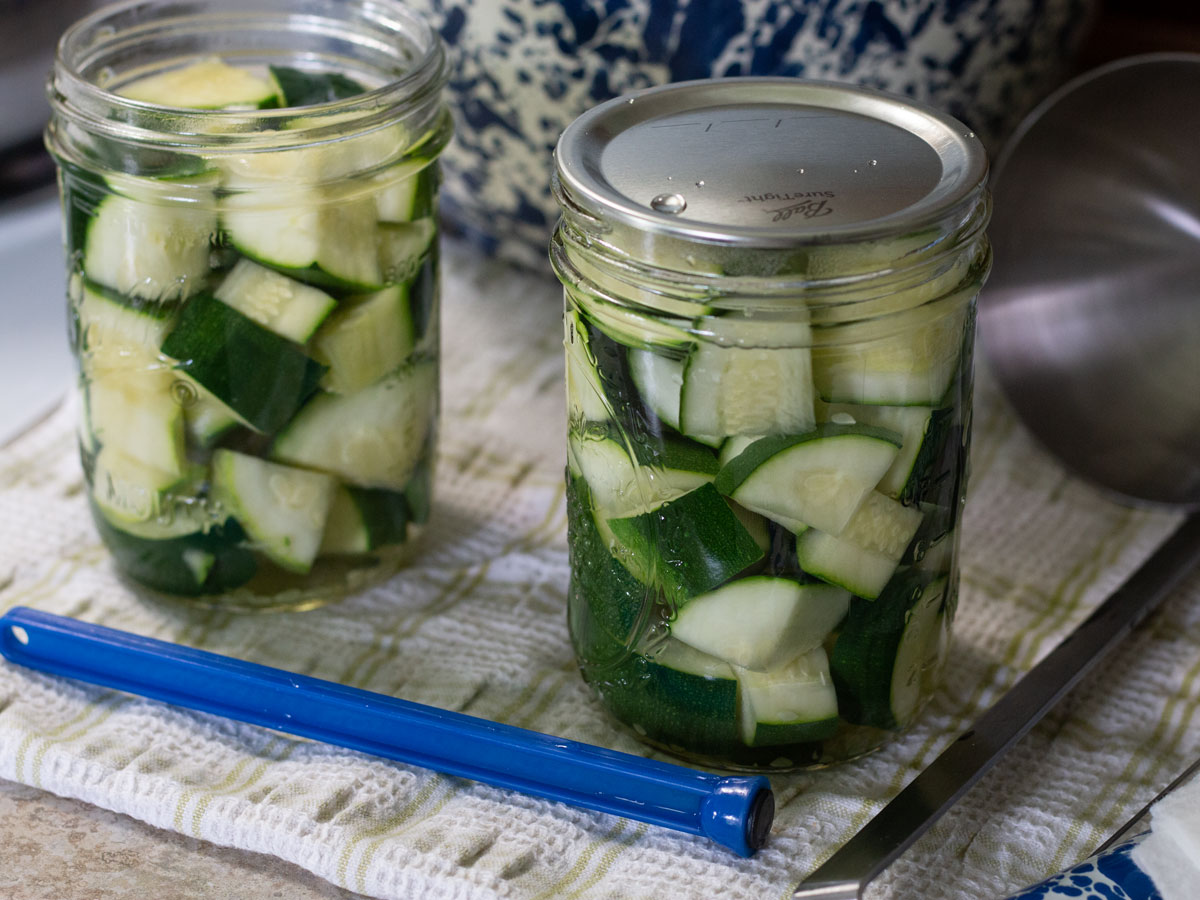
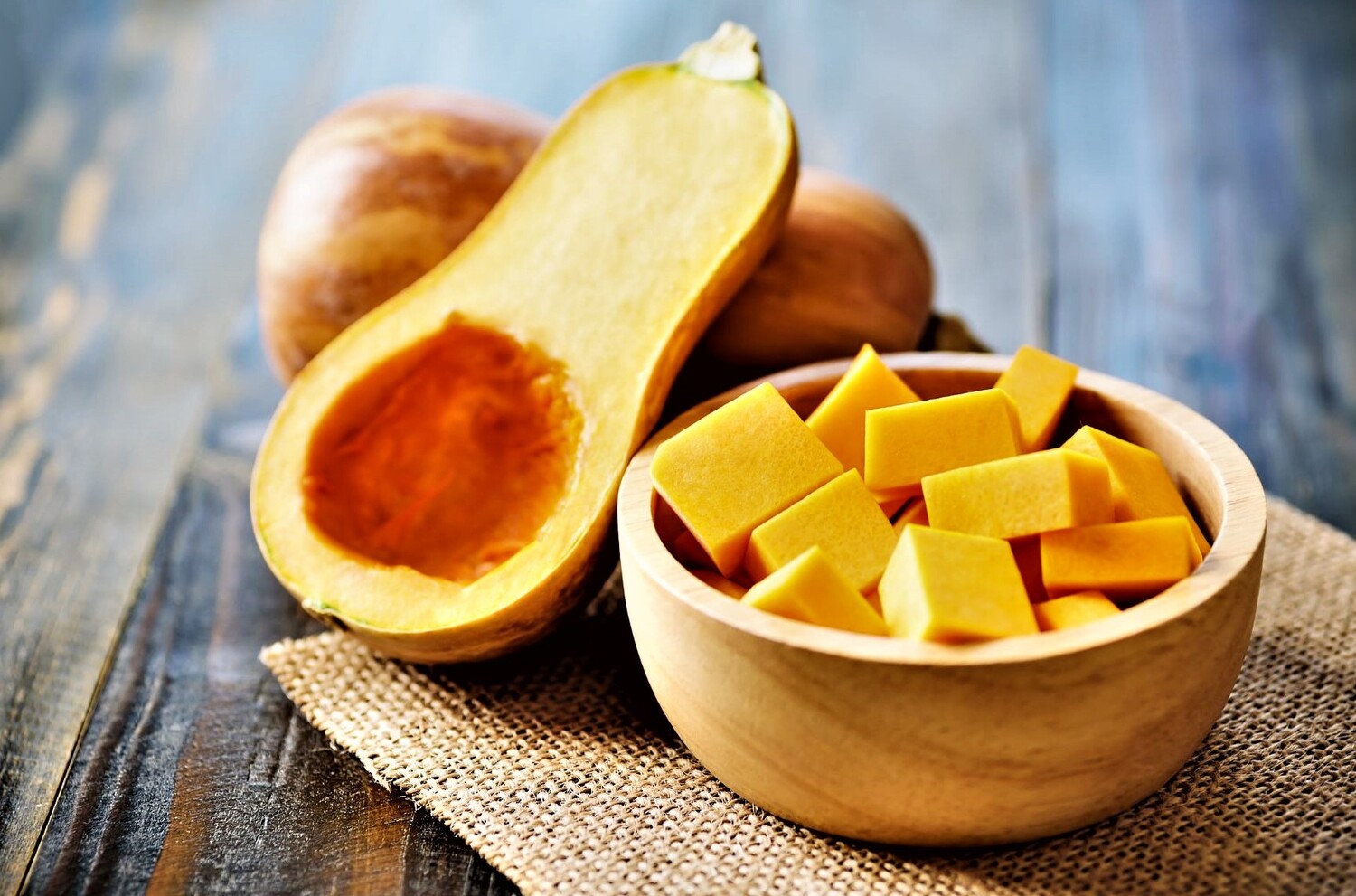
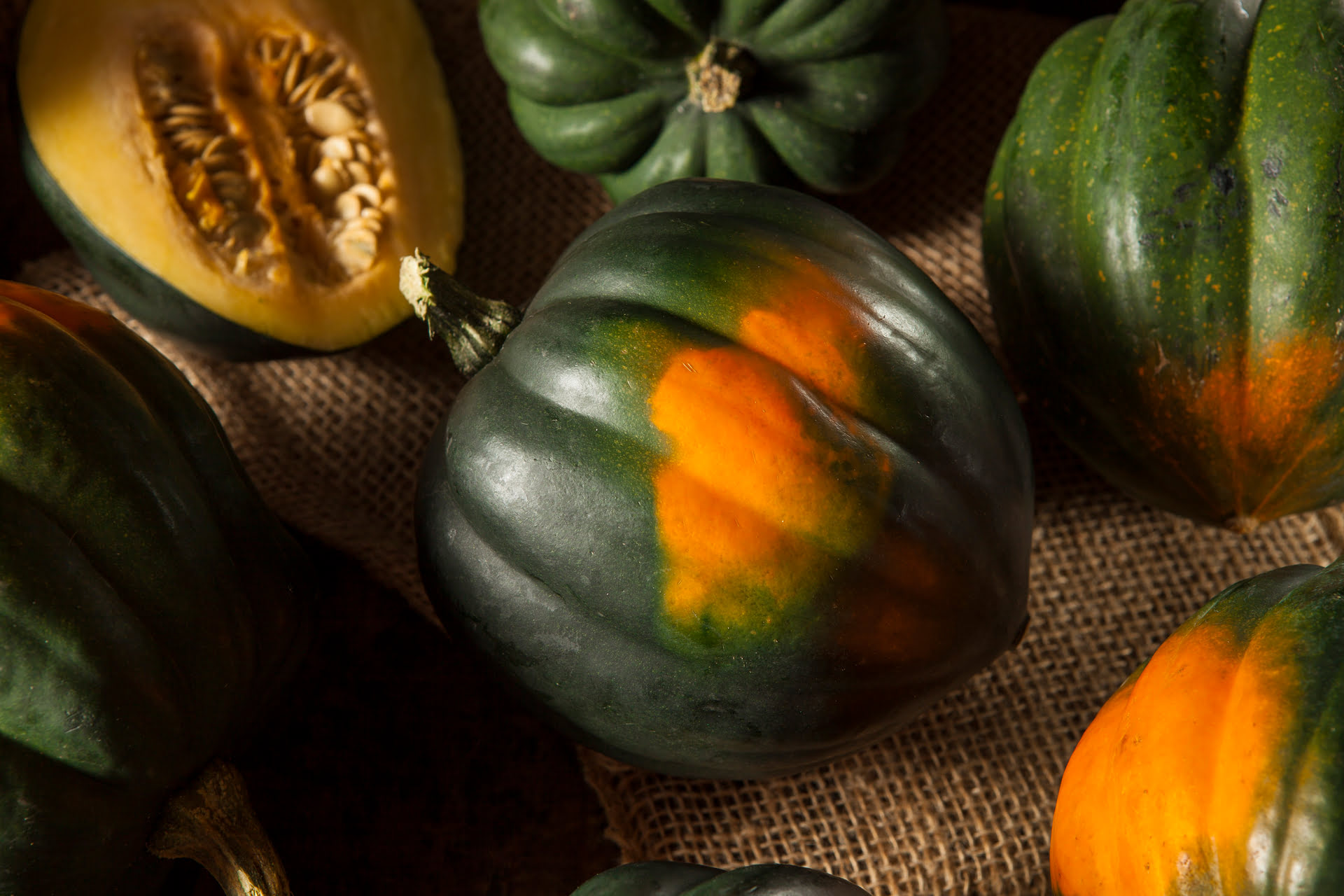
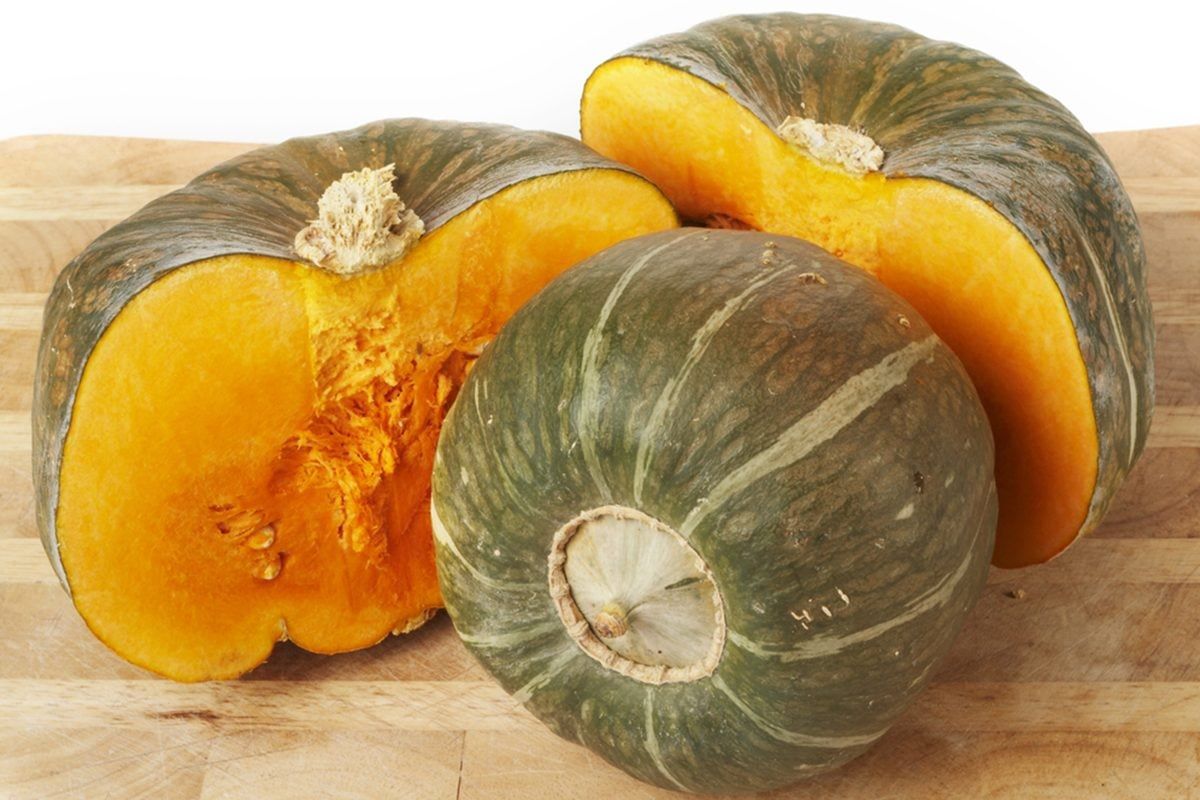
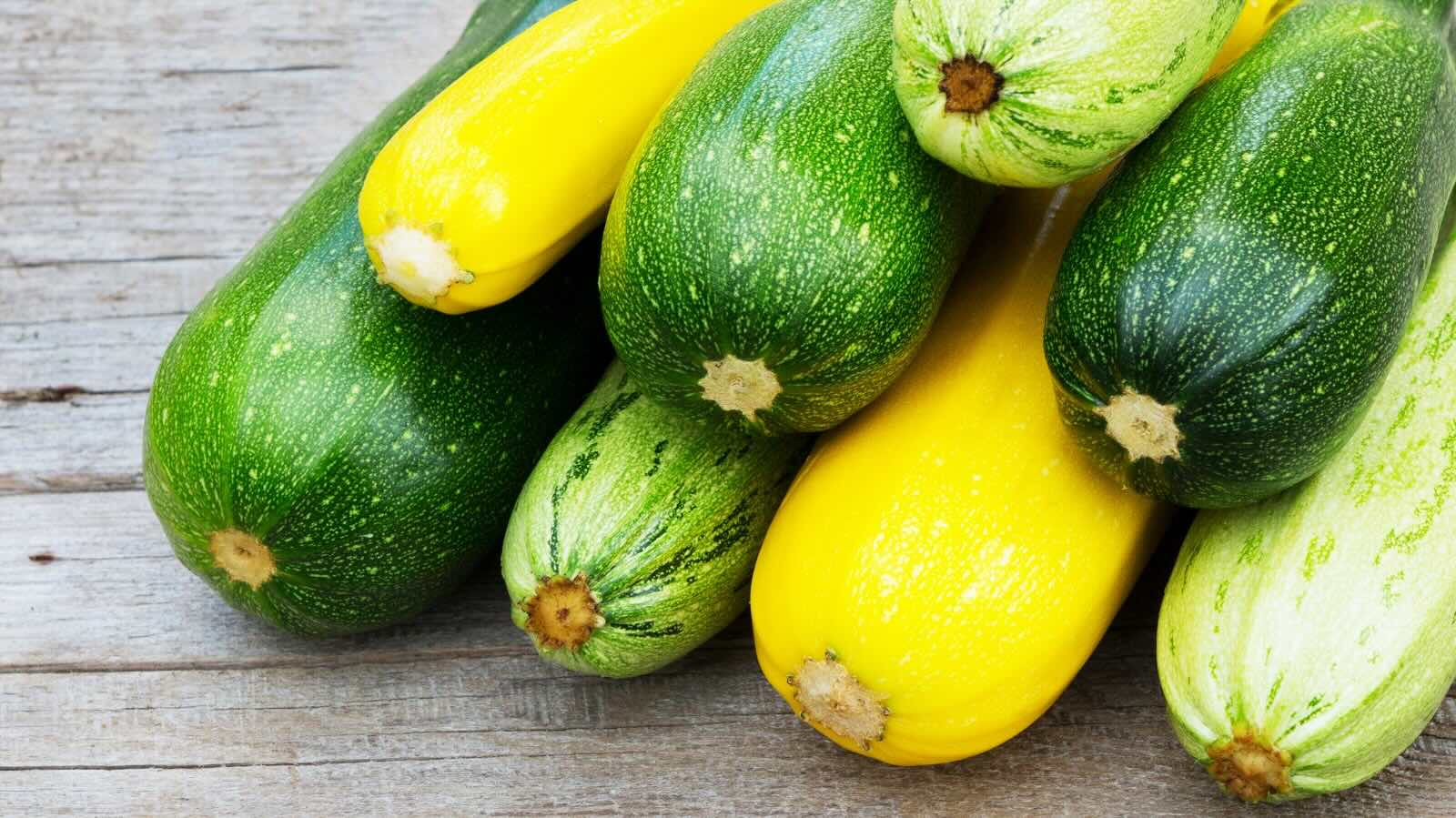
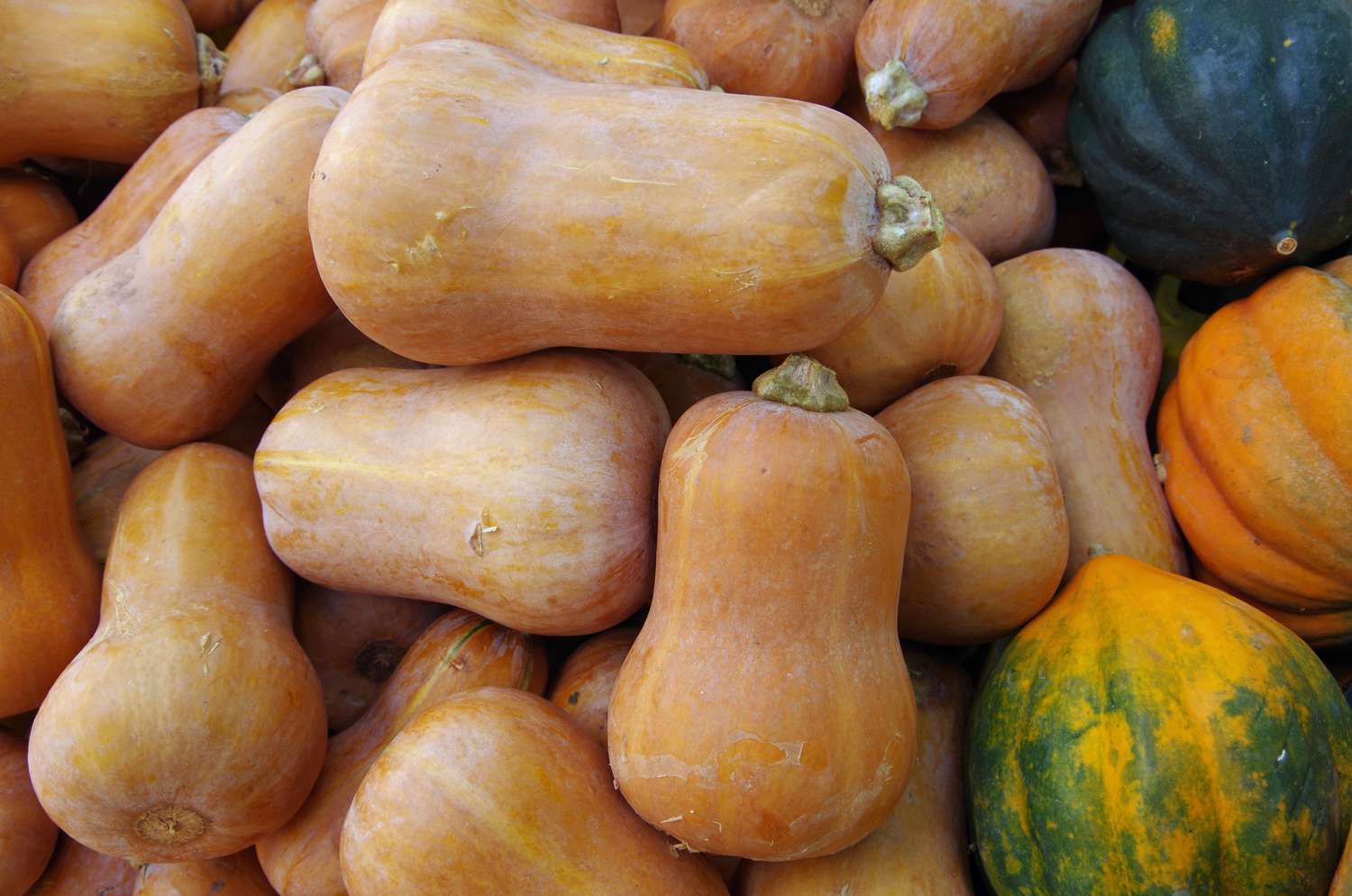
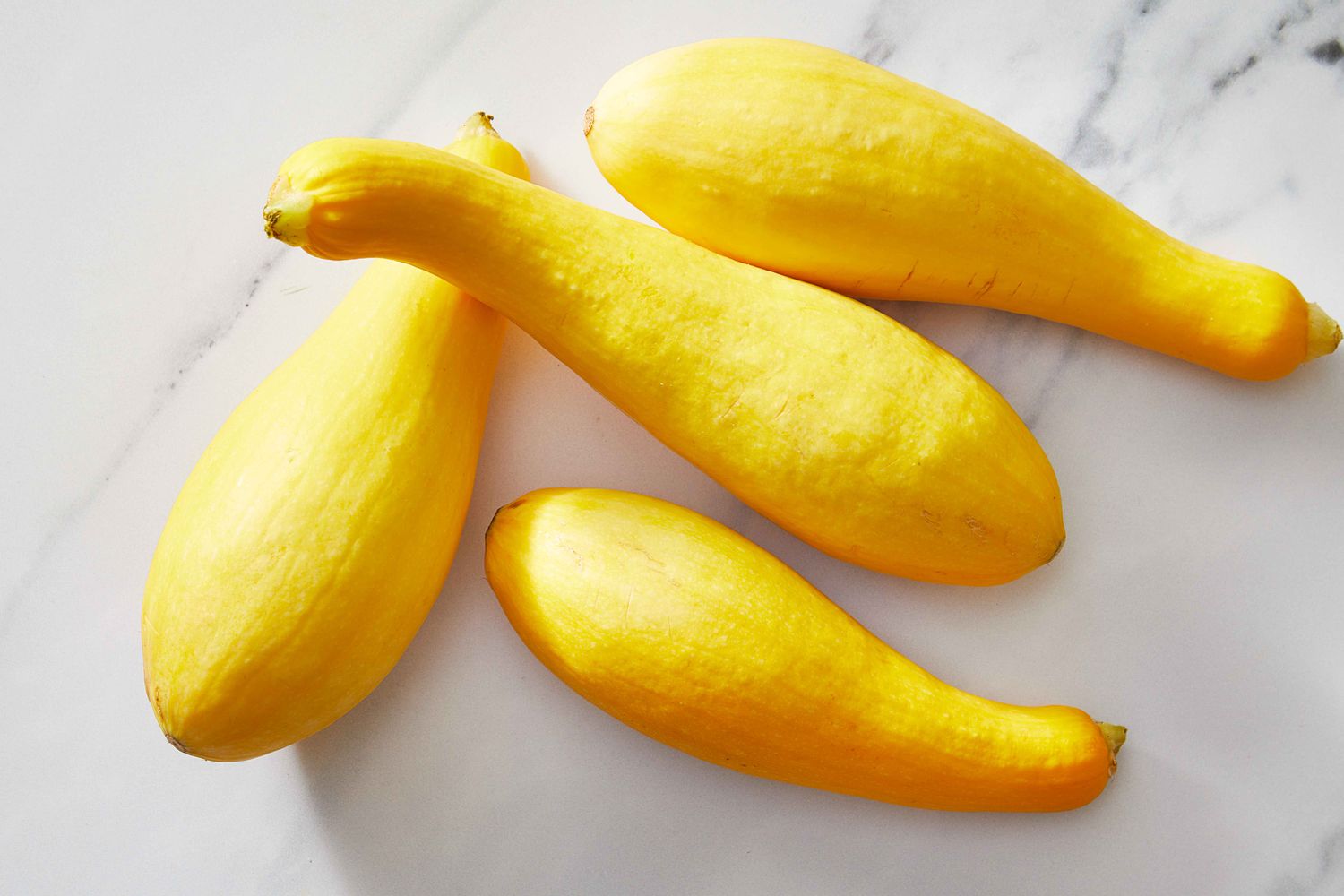
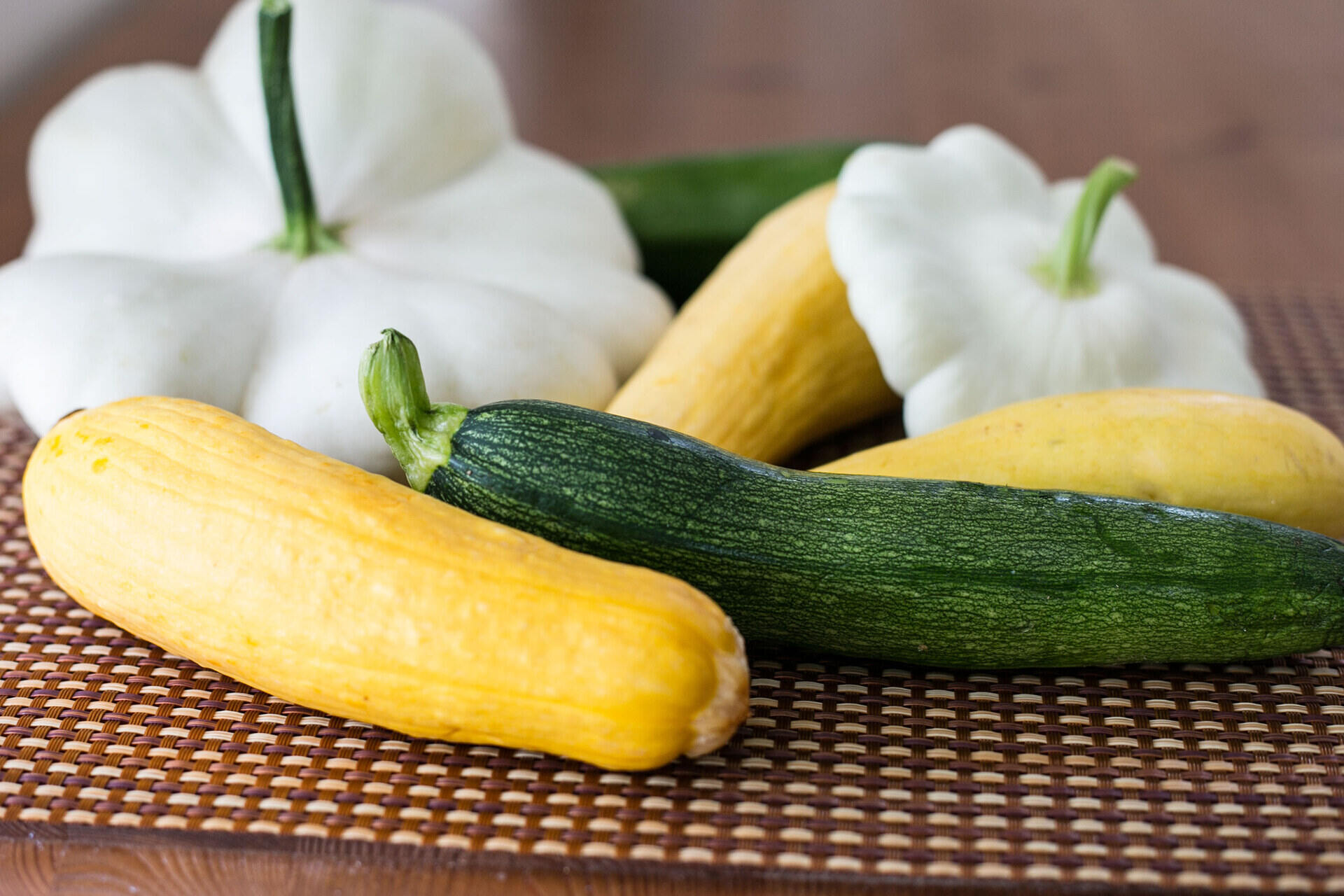

0 thoughts on “How To Store Yellow Squash”